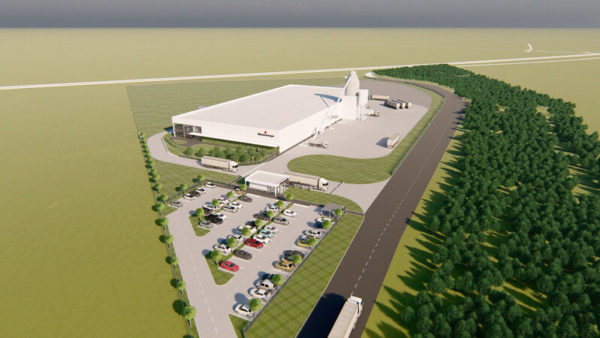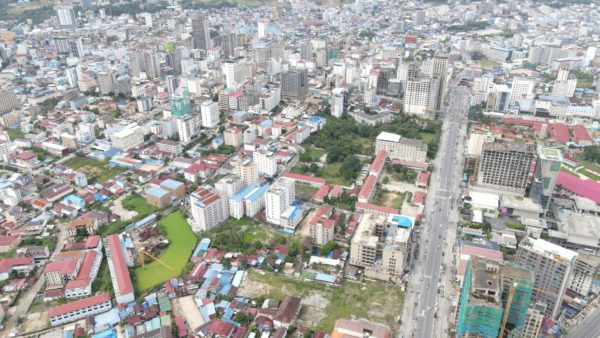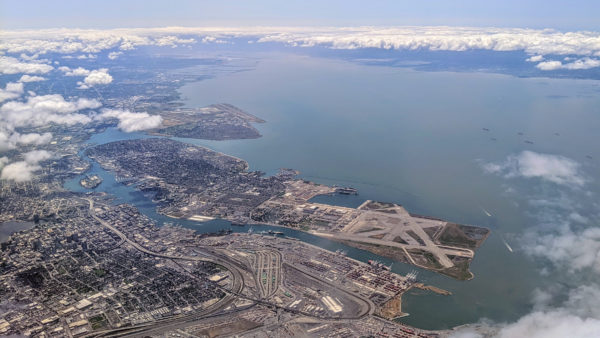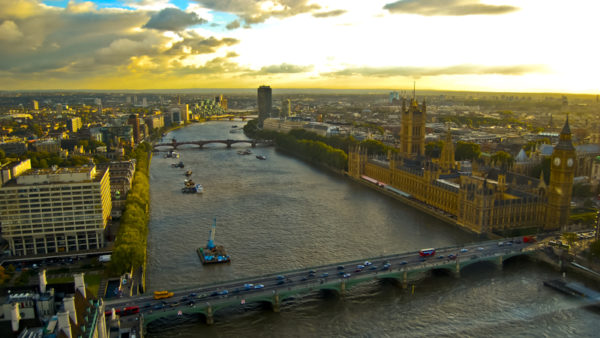20 November 2013
On the face of it the low-density outward expansion of Canadian cities provides cheaper housing to a growing population, but a new study concludes that the hidden costs of sprawl run into billions of dollars and threaten the financial future of Canadian local authorities.
The study, by a think tank based at the University of Ottawa, says that these costs are "real and substantial" and are creating an unnecessary burden for taxpayers.
In Edmonton, Alberta, the city council will be nearly CAN$4bn in debt thanks to just some of the far-flung suburbs now planned, the report finds.
It calls on municipalities to change tax regimes to encourage efficient, high-density neighbourhoods.
"It’s time to challenge the myth that sprawl is cheaper," says the report’s author, David Thompson, policy director of Sustainable Communities for Sustainable Prosperity. "The full costs and trade-offs are not always obvious, but they are real and may have unintended economic and environmental consequences."
He said some of the costs are obvious: longer commutes by car, fatigue and impaired quality of life, reduced productivity for businesses, increased automobile emissions and higher risk of road accidents.
But the most significant costs are capital spending.
In Edmonton, the city council meets all capital costs of fire and police stations, all repair and maintenance of the infrastructure, including pipes and roads, and part of the cost of roads and recreation facilities.
The report says that across only 17 of more than 40 planned new developments in Edmonton, costs to the city council are expected to exceed revenues by nearly CAN$4bn over the next 60 years because of sprawl.
Peel Region in Ontario recently concluded that new development was not paying for itself.
In Nova Scotia, the Halifax Regional Municipality calculated that it could save as much as $715m to 2031 by increasing the number of new dwellings sited in the urban core.
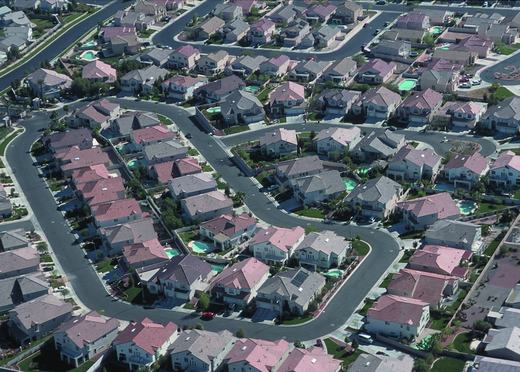
Urban sprawl, Las Vegas, Nevada (Lynn Betts, USDA Natural Resources Conservation Service/Wikimedia)
Calgary found that by adopting a spatial plan that used 25% less land it could save $11bn in capital costs alone.
"Some municipalities… are now charging new developments their real costs, but more of them need to learn from the innovators, research this issue, and change misdirected policies and practices," said Mr Thompson.
"Otherwise, property owners in compact neighbourhoods with lower municipal infrastructure and servicing costs end up subsidizing low-density areas through the structure of development charges and property taxes."
The report praises municipalities that are addressing the problem.
Some Montreal boroughs have lower tax rates for multi-unit buildings to encourage.
The City of Kitchener’s suburban residential development charges are 74% higher than those for central neighbourhoods.
Ottawa has higher charges for development outside of its greenbelt.
Hamilton provides a 90% exemption from development charges downtown.
Calgary and Peel Region recently doubled their development charges on new suburbs.
Windsor has a property tax assistance program for redevelopment of abandoned industrial properties.
Thompson also suggests policies such as higher taxes on land value and lower rates or no tax at all on buildings to encourage redevelopment of parking lots and underused land in city centres.
"With another six to 14 million Canadians needing to be housed in the next 24 years, we have an opportunity to be innovative and achieve the urban development goals that many Canadian municipalities have adopted, but not yet been able to fully implement," Mr Thompson said.
The report, "Suburban Sprawl: Exposing Hidden Costs, Identifying Innovations", is available here.






